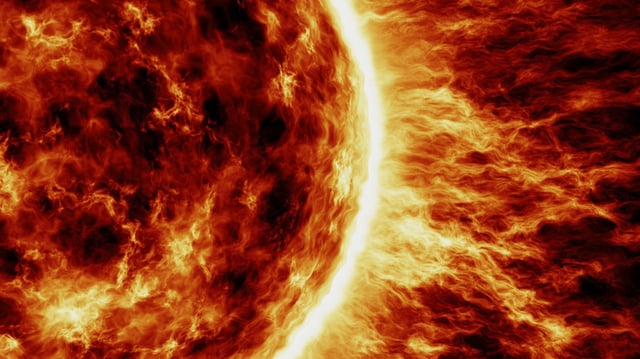Overview
- Scientists have confirmed the 12350 BC solar particle storm as the most intense ever recorded, surpassing the AD 775 event by 18%.
- The event was over 500 times stronger than the largest solar storm observed in the modern satellite era in 2005.
- The SOCOL:14C-Ex model, developed to analyze ancient glacial climate conditions, was key in reconstructing the storm's intensity and impact.
- Radiocarbon spikes in tree rings, known as Miyake events, provided precise dating for this and other major solar particle storms.
- Researchers warn the findings establish a new worst-case scenario, highlighting potential risks to satellites, power grids, and communication systems from future extreme solar storms.


